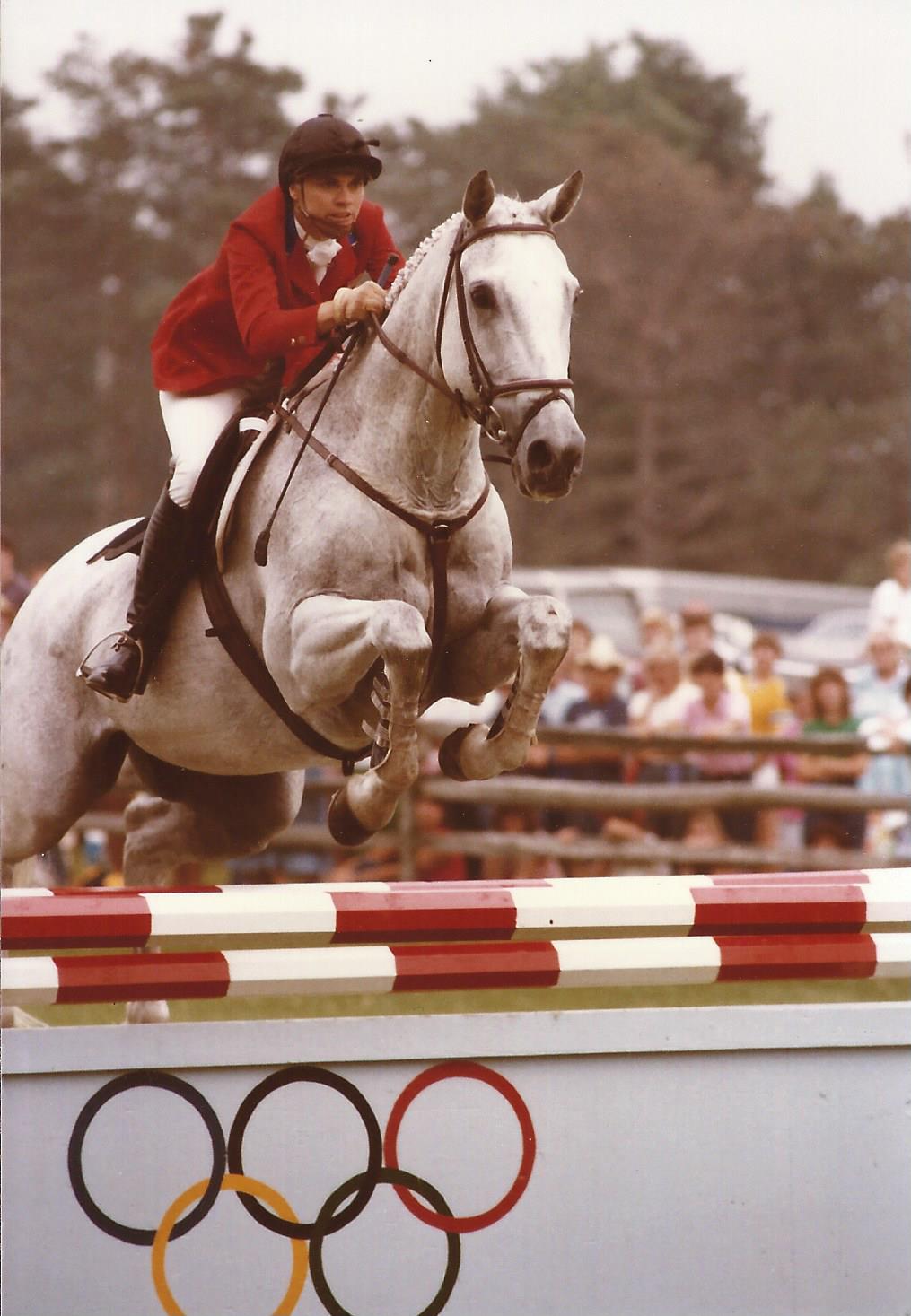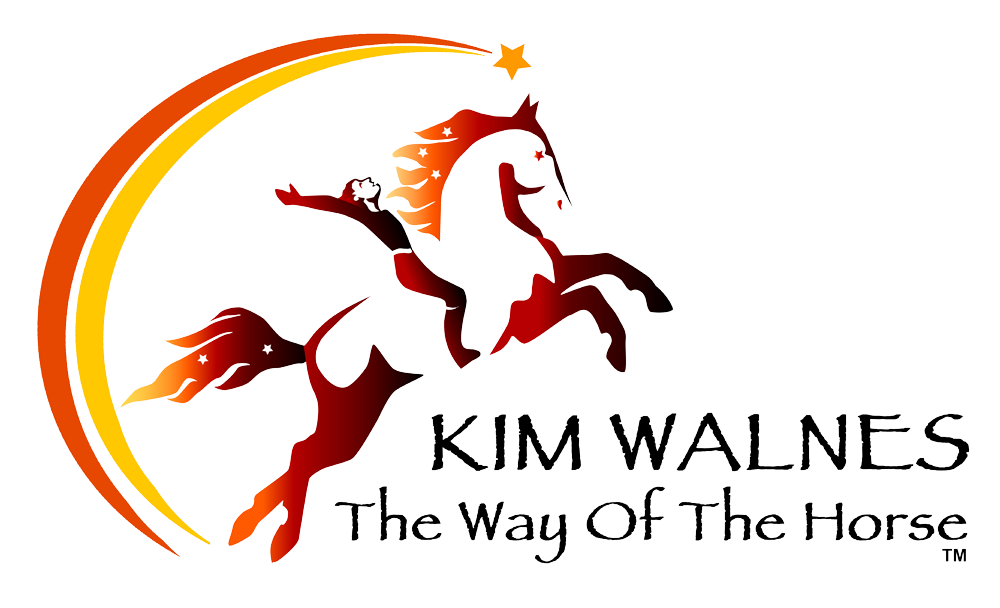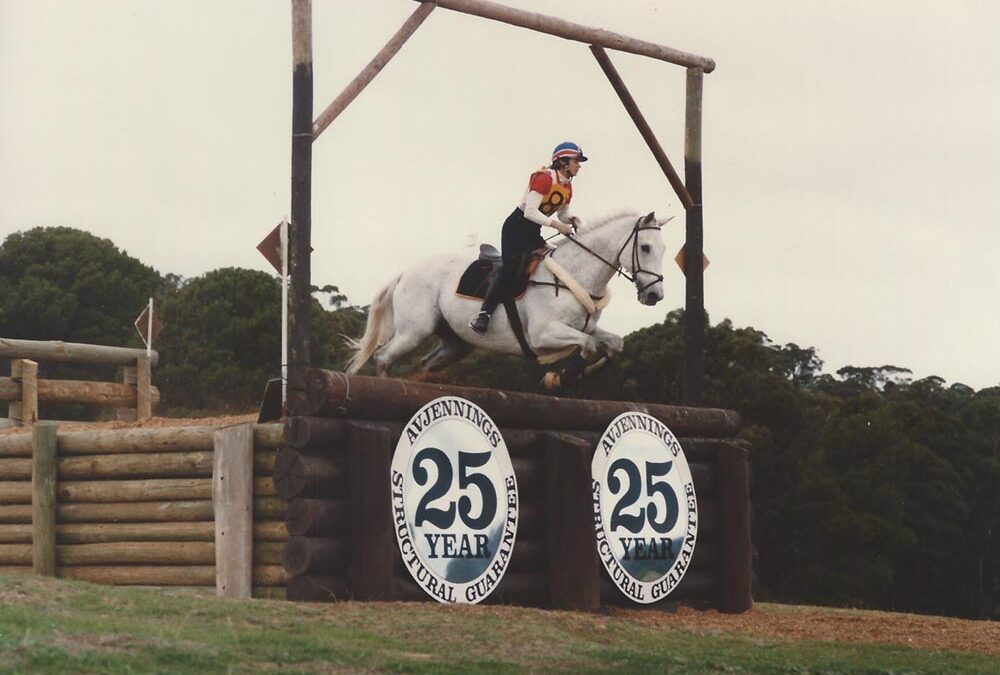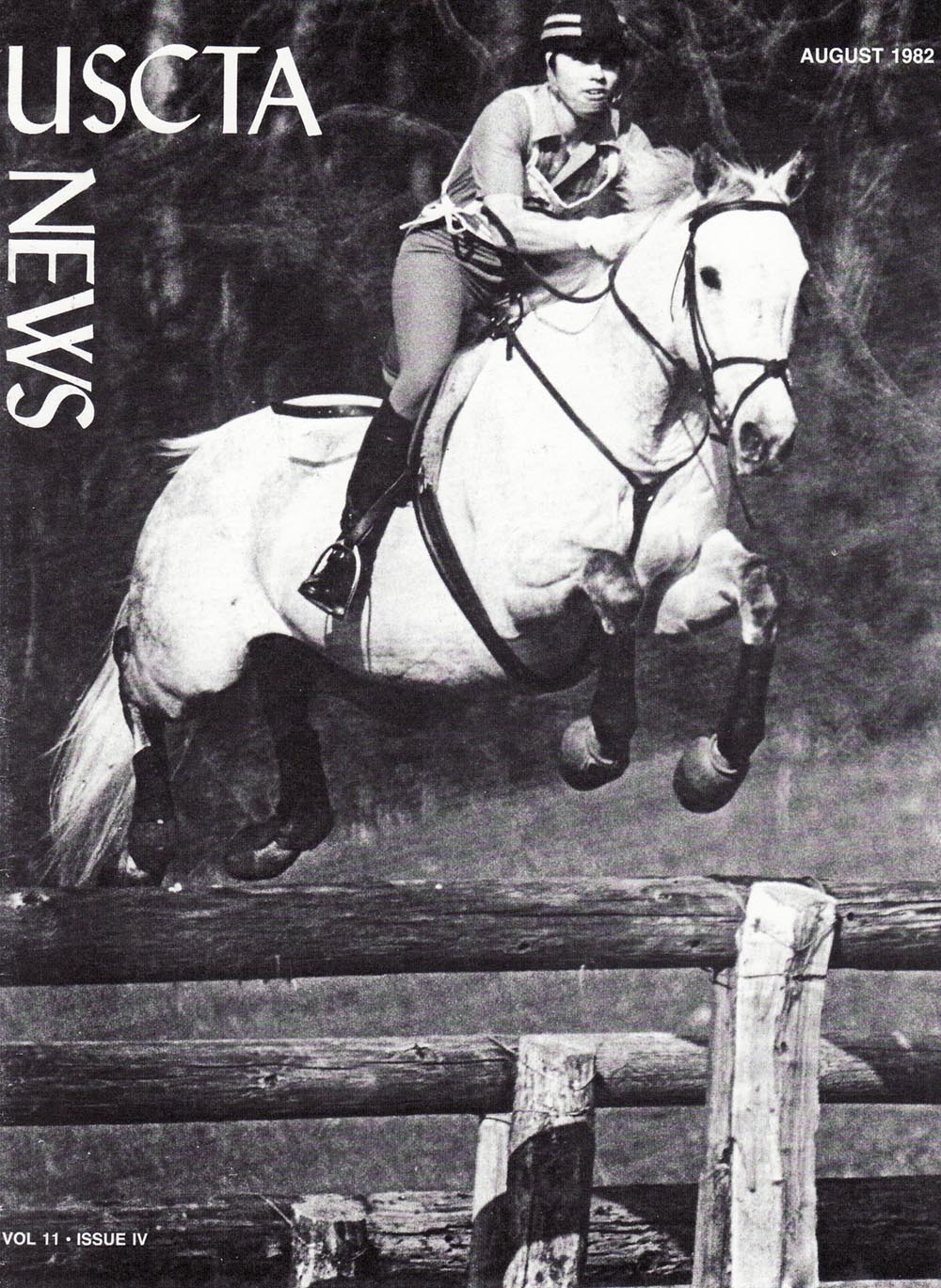
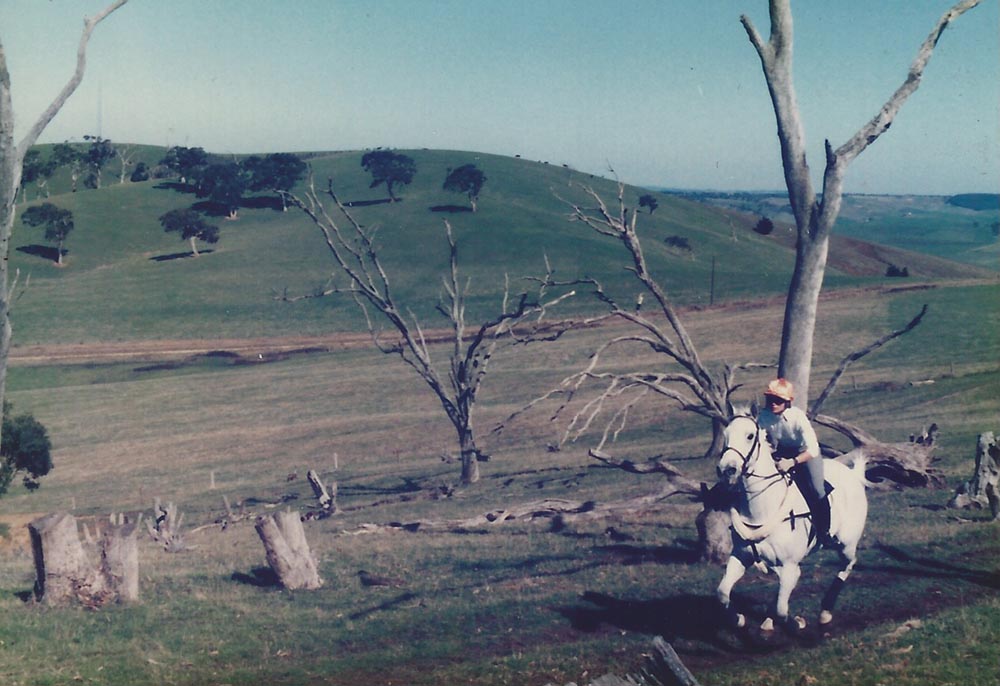
5. Each type of footing requires its own skill set. Hard ground, slick ground, deep mud, sand, leaf covered, fallow cropland, snow…you just never know what will be presented, so it’s best to prepare for any eventuality. A horse’s natural instinct is to go faster when presented with deep or slippery footing. They want to get out of it as soon as possible. They need to be educated that the opposite is required…to slow down, be mindful of each footfall, soften their muscles instead of tensing, rock the weight back instead of throwing it forward. I start this training from the ground. I teach them to take one step forward, stop. Repeat. One step back, stop. Repeat. One step to the side with one hind foot, stop, etc. I follow this with doing the same progression over poles. Once they understand the concept on the ground, then I do the same mounted. This simple exercise can reap huge benefits. There are lots of variations and applications. Be creative. I also teach them a word, “Careful!” I use it whenever we are entering a footing situation where caution, shifting the weight back, and being mindful are required.
6. Teach your horse to follow your eye. The best exercise I’ve found to train this is to put ground poles out willy-nilly all over an area and go from random pole to random pole. At first you have to help with steering, but with practice, the horse soon starts to pick up your focus and follow it. Once he has that down, start aiming for specific spots on the poles. Again, this is first done at walk, building the gaits only as each previous one is mastered.
7. In today’s Eventing world especially, teaching your horse to jump a very narrow object is vital. It’s also important in general training because it can save your life when you are out and about. Sometimes the landing is only good in one tiny place, and if your horse should waver disaster can follow. Start wide and gradually narrow till you are eventually jumping a single oil drum, chair, or upright jump block—both straight on and angled.
8. Find a dressage instructor who understands straightness/alignment training. A horse who falls on his inside shoulder in the turns is at risk on imperfect footing. There’s been many a fall on turns between obstacles. Not to mention pulled rails resulting from such a turn in show jumping.
9. Learn the science of using studs. Some horses need them to feel confident even at the lower levels.
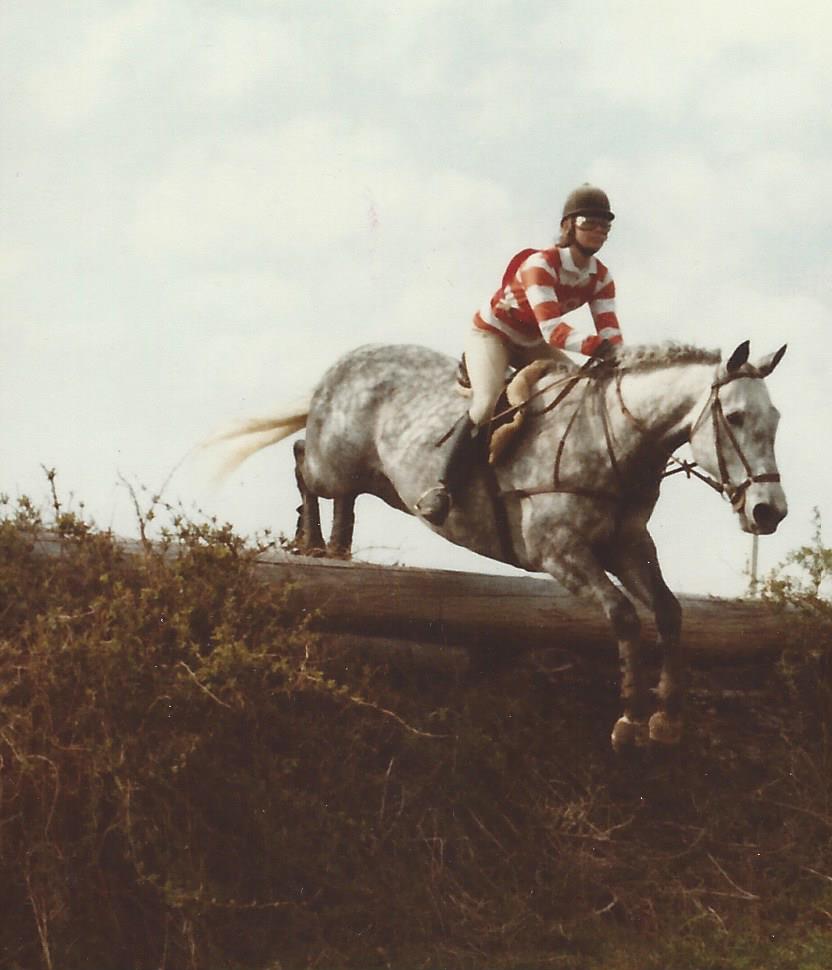
10. Learn, follow, and be disciplined about a proper conditioning schedule. Ride your horse six days a week. Eventing is not a casual sport—those Cross Country fences are unyielding, and if a horse is tired or unbalanced, tripping over an 18” log can cause a fall or injury every bit as much as an obstacle at 3’6”.
11. So far we have been discussing the horse, but as the rider you are equally important. Eventing requires mutual respect, or catastrophe can result. Find exercises which result in a personal increase of aerobic, core, and muscle fitness. Walk daily…on hills if possible. People often don’t understand how much walking is involved in checking out the Cross Country course, or how much a difference walking can make in your overall fitness.
12. Walk both the Cross Country and the Stadium courses THREE times. The first is to find your way, get a general impression, and see the course from your horse’s eyes.
The second is to strategize. Examine the ground leading to the fence, in the takeoff zone, and the landing. If a specific angle or line is required, where are your markers–taking into consideration that your eyes will be at mounted height. What will the light be like at the time of your go? If rain is involved, determine if there is a spot off the general path that still works and might be less chewed up when it is your turn. I always brought a notebook with me and wrote down my observations and plans.
The third walk is to put all the parts together. Really feel like you are riding when you do this last walk. Do this walk alone. No distractions. Get in a rhythm with your walking stride as if you were on course.
After that last walk, I used to go back and tell the whole course to my horse out loud. It made a big difference. They understand more than people give them credit for.
13. For your horse’s sake, find an instructor who can teach you a proper balanced jump and gallop position. One that does not have you leaning on the horse’s neck (or worse, reins) coming to the fence. No knee gripping, leg swinging, standing up in the stirrups, or posting to the canter. Your horse has enough to do balancing herself without you being a swinging pendulum on her back and creating wind drag.
